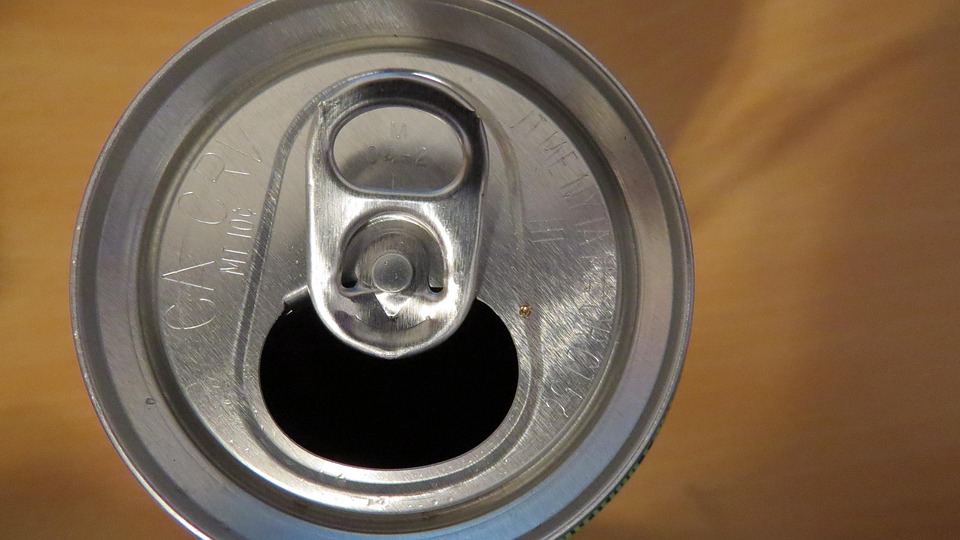Can You Replace Brake Pads Without Rotors

The age-old question plagues both seasoned mechanics and DIY car enthusiasts alike: Can you replace brake pads without replacing the rotors? The short answer is: it depends. While technically possible in some situations, a simple "yes" or "no" is insufficient to address the complexities and potential risks involved. Let's delve into the factors that influence this decision.
Understanding the Brake System Basics
Before we proceed, a quick recap of the braking system is crucial. When you press the brake pedal, hydraulic pressure forces the brake calipers to clamp the brake pads against the rotors (also known as brake discs). This friction slows down the wheel's rotation, and consequently, the vehicle. The rotors are robust but wear down over time due to this constant friction, similar to how brake pads wear out. So, the question becomes: how much wear is acceptable on the rotors when replacing the pads?
Factors Influencing Rotor Condition
Several factors determine whether you can get away with only replacing brake pads:
- Rotor Thickness: This is the most critical aspect. Every rotor has a minimum thickness specification, usually stamped on the rotor itself or listed in the vehicle's service manual. Using a micrometer, measure the rotor's thickness. If it's at or below the minimum thickness, replacement is mandatory. Driving with thin rotors can lead to overheating, cracking, and catastrophic brake failure.
- Rotor Surface Condition: Examine the rotor's surface. Are there deep grooves, cracks, or excessive rust? Minor surface imperfections can sometimes be addressed by resurfacing (turning or machining) the rotors. However, resurfacing removes material, further reducing the rotor's thickness, which may bring it below the minimum threshold. Significant damage necessitates replacement. Hot spots, areas that appear bluish or discolored, indicate extreme heat exposure and weaken the metal structure.
- Rotor Runout (Warping): "Warped" rotors are a common misnomer. What's often perceived as warping is actually uneven rotor thickness variation, or runout. This causes a pulsating feeling in the brake pedal during braking. While resurfacing might temporarily alleviate this, it may not be a long-term solution if the underlying cause (e.g., uneven pad transfer) isn't addressed. Excessive runout, beyond the manufacturer's specifications, usually means replacement.
- Mileage and Driving Habits: Vehicles driven aggressively or frequently towing heavy loads will experience accelerated brake wear. High mileage generally implies more wear on both pads and rotors, increasing the likelihood that rotors also need replacing.
Resurfacing Rotors: An Option or a Last Resort?
Resurfacing, or "turning," rotors involves machining the surface to create a smooth, even finish. It can correct minor imperfections, such as light scoring or slight runout. However, as mentioned earlier, resurfacing reduces the rotor's thickness. Furthermore, some modern vehicles utilize thinner, lighter rotors that may not have enough material to safely withstand resurfacing. Check the manufacturer's specifications before attempting to resurface any rotor. In many cases, especially with newer vehicles, replacing the rotors is more cost-effective and safer in the long run than resurfacing.
When Should You Always Replace Rotors?
There are certain scenarios where rotor replacement is non-negotiable:
- Rotor Thickness Below Minimum: As emphasized before, this is a critical safety issue.
- Cracks in the Rotor: Any visible cracks, regardless of size, compromise the rotor's integrity.
- Excessive Rust or Corrosion: Severe rust weakens the metal and reduces braking performance.
- Severe Scoring or Grooves: Deep imperfections that cannot be adequately removed by resurfacing.
- Known History of Brake Problems: If the vehicle has a history of premature brake wear or other braking issues, it's wise to replace both pads and rotors as a preventative measure.
- Matching New Pads to Old Rotors: This is discouraged because the new brake pads need a smooth, even surface to properly bed in. Using old rotors can lead to uneven pad wear and reduced braking performance.
The Importance of Proper Bedding-In
Whether you replace just the brake pads or both pads and rotors, proper bedding-in (also known as burnishing) is essential. This process involves a series of controlled braking maneuvers to transfer a thin layer of brake pad material onto the rotor surface, optimizing braking performance and minimizing brake noise. Consult your brake pad manufacturer's instructions for the recommended bedding-in procedure.
Conclusion
Replacing brake pads without replacing rotors is possible if the rotors are within specifications, free from significant damage, and resurfacing is a viable option. However, prioritizing safety and adhering to the manufacturer's recommendations are paramount. When in doubt, err on the side of caution and replace both pads and rotors to ensure optimal braking performance and peace of mind. Remember to always consult a qualified mechanic if you are unsure about any aspect of your vehicle's braking system. Neglecting your brakes is never worth the risk.
